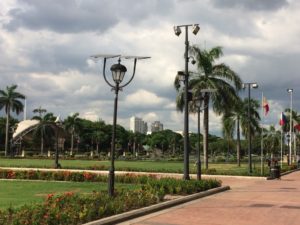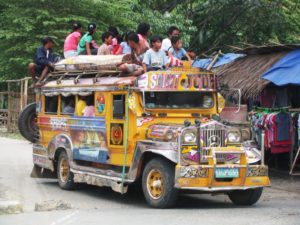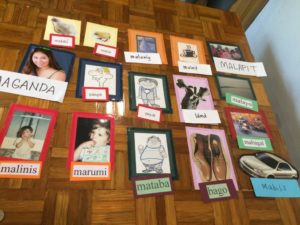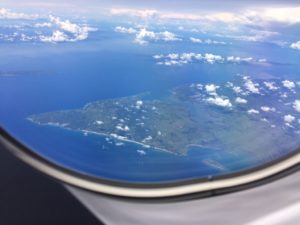Blog Entry #8
July 15, 2016
Post-Program Reflections
As I mentioned in one of my earlier blog posts, the Summer Language Award (SLA) Grant Program showed me that language learning must be fun if I am going to excel. For me, fun means applying my learning directly to real-life situations in front of me. Learning Tagalog helped me gain insight into the way Filipinos think and understand themselves, others, and even foreigners like myself. Before I began my language program, I wanted to establish a base in the Tagalog language that I would be able to continue to grow and build upon during my internship. I am happy to say that I have been able to establish this base, and it continues to grow stronger through my interactions with colleagues and affiliated CRS partners.
Because my time in the Philippines is only just beginning, my insights are continuing to grow and my worldview is constantly evolving in this beautiful country. I think the biggest insights I have had so far are about communication style and culture. Where the United States has a strong verbal communication style, the Philippines has a very strong non-verbal communication style. So much is communicated without talking, so many questions answered without ever actually being discussed. As someone who is a verbal processor, and has been described as ‘communicative and expressive,’ these cultural adaptations have been difficult for me and I look forward to continuing to try to understand a culture that is so different from mine. I have learned that I need to spend just as much time observing what is happening as I do trying to learn Tagalog. Culture is another foreign language entirely, and one that must be studied and practiced just as the spoken language itself.
I plan to continue to use my intercultural competency in the work place at my internship, and through my personal relationships with others. I look forward to continuing to study Tagalog throughout the course of my internship. Upon returning from my internship I will have one final semester in my Masters program where I will write a Masters Thesis paper for my Capstone Seminar focused on the role of religious leaders in peacebuilding efforts. Understanding Tagalog will allow me to synthesize the research I have collected within a deeper cultural context and continue to engage with contacts made in the field.
The Catholic Relief Services Peace Governance for Transformation in Mindanao (CRS-PGTM Philippines) is one of the leading models for grassroots peacebuilding in the world. Numerous Kroc alumni and faculty have worked and conducted research with CRS-PGTM, Philippines. Understanding Tagalog will allow allow me to form relationships with local communities for today and also lay the foundation for future professional peacebuilding experiences. I thank Summer Learning Abroad Grant Program and the Center for Languages & Cultures at the University of Notre Dame for making this opportunity possible for me. As we say in Tagalog- Maraming Salamat! (Thank you very much!)






